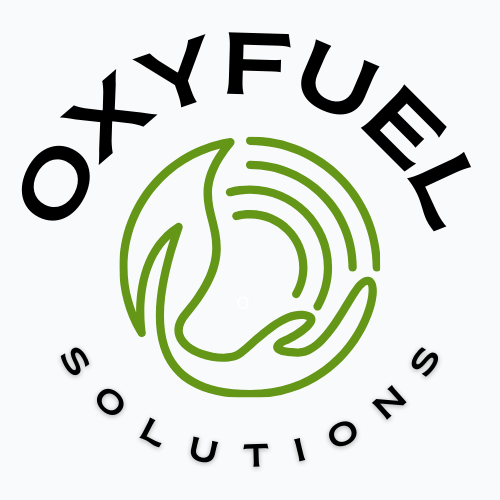There is no need for Planet B
The technology to solve climate change already exists. We just need to use it.
Oxyfuels combustion is a breakthrough solution for some of the toughest decarbonization challenges facing our planet. By burning fuel in pure oxygen instead of air, oxyfuel systems produce a clean exhaust of CO₂ and water vapor, making carbon capture far more efficient.
From sustainable aviation fuel (SAF) to carbon-neutral shipping, and even cleaner industrial processes, oxyfuels offers a scalable, cost-effective, and energy-efficient path to a carbon-neutral future.
It’s not science fiction — it’s science, implemented correctly.

“Oxyfuels combustion is the process of burning a fuel using pure oxygen, or a mixture of oxygen and recirculated flue gas, instead of air. Historically, the primary use of oxyfuels combustion has been in welding and cutting of metals, especially steel, since oxyfuels allows for higher flame temperatures than can be achieved with an air-fuel flame. It has also received a lot of attention in recent decades as a potential carbon capture and storage technology.” Wikipedia – Oxyfuel combustion process 2025


Making Shipping Carbon Neutral with Oxyfuels Technology
One of the biggest challenges in cutting emissions from ships is dealing with the CO2 they produce. Oxyfuels engines, which burn fuel using pure oxygen instead of air, generate exhaust made up of just CO2 and steam—making the CO2 easy to capture. This presents a unique opportunity for greener shipping.
Ships equipped with oxyfuels engines could collect their CO2 during voyages and offload it at ports. There, the CO2 could be converted into synthetic aviation fuel (SAF) at processing plants powered by renewable or nuclear energy. This would allow shipping to play a key role in producing clean fuels, helping both industries reduce their carbon footprint.
An alternative solution for ships is to convert the captured CO2 onboard into a mineral slurry by reacting it with chemicals from seawater brine. This method, patented by “The Carbon Capture Machine” (a partner in our consortium), allows the slurry to be safely released into the ocean, helping to reduce ocean acidification while storing the carbon.
This combined approach—clean oxyfuel engines for ships and offers a practical path to carbon neutrality. No other solution currently on the market offers this complete, integrated cycle.
